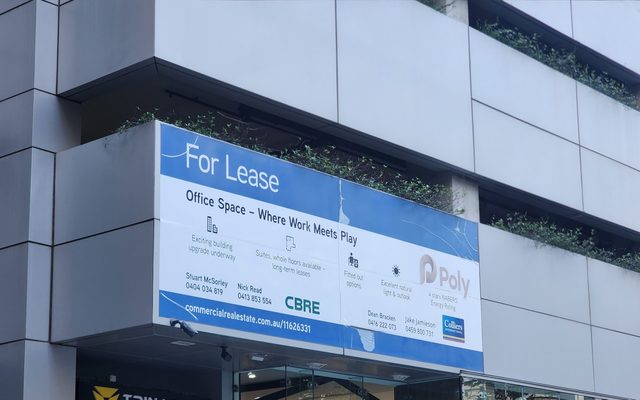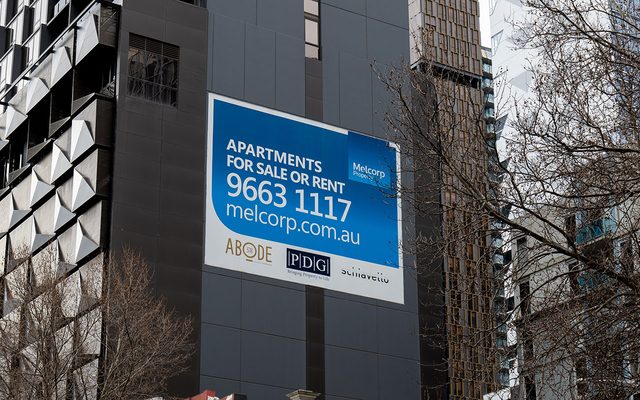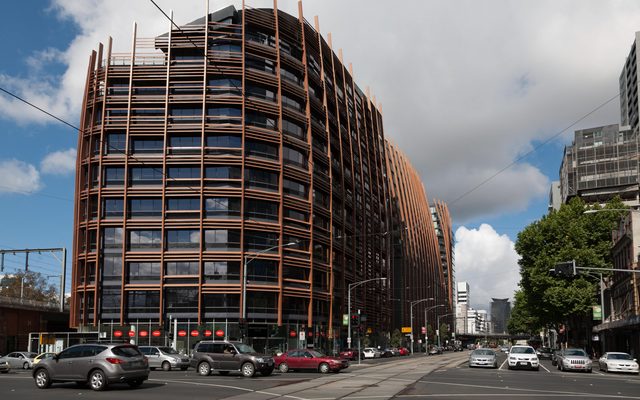This article is from the Australian Property Journal archive
RESIDENTIAL rental vacancy rates across Australia increased slightly over the month of October, though a closer look shows a dichotomy emerging between capital cities and regional locations.
SQM research has reported a slight increase in the national rental vacancy rate to 2.1% over the month of October, which is the same rate as this time last year. With total vacancies across the country now sitting at 74,221 vacant residential properties.
“Rental vacancy rates continue to remain elevated in our larger capital cities. While regional locations are still recording near zero rental vacancies,” said Louis Christopher, Managing Director of SQM Research.
Vacancy rates were stable in most capital cities, though Sydney saw an increase from 3.5% in September to 3.6% in October. Melbourne however has the highest rate in country, recording an increase from 3.8% in September to 4.4% in October, gaining additional 3,863 vacant properties in October. With vacancy rates highest in the Melbourne CBD at 10.6%.
Contrastingly Hobart has the lowest rate at 0.6%, with Darwin following with 0.7%, Adelaide with 0.8% and both Canberra and Perth with 0.9%. While Brisbane saw a vacancy rate of 2.0%.
Capital City average asking rents have increased by 2.1% for houses and decreased by 0.5% for units in the week ending 12 November, with an average of $538 per week for houses and $409 per week for units.
Sydney saw the biggest increase in asking rents for houses at 3.4% for the month, with a decline of 0.6% in asking rents for units.
Hobart however recorded a decline in house rents of 4.7%, with an increase in unit rents of 1.5%.
Darwin saw increases in both areas, with the highest increase of 4.2% for houses and 2.7% for units.
Melbourne saw declines in both asking rents over the month, with a 0.4% in houses and a 0.5% fall for units.
Adelaide saw a 0.5% increase for house rents and a 2.0% decline for unit rents. Canberra recorded a 1.6% increase in houses rents, while unit rents stayed stable. Perth house rents increased by 1.2%, while unit rents also remained stable. Finally, Brisbane house and unit rents both remained stable.
Year-on-year capital city average asking rents decline for both houses and units, with 2.0% for houses and 6.0% for units, with Sydney recording a 7.2% decline in houses and a 0.6% decline in units since October of 2019.
Melbourne recorded a year-on-year decline in houses at 9.6% and units at 3.1%, Brisbane saw an increase in houses at 0.9% and units at 0.2%, Adelaide saw an increase in houses at 5.3% and a decline in units of 1.0%, Canberra saw a decline in houses at 1.4% and an increase in units at 1.7% and Hobart saw decreases in houses at 0.6% and units at 7.4%.
While Perth saw significant increases across both houses and units, with 9.2% and 8.6% respectively and Darwin saw an increase of 9.2% for houses and 0.5% for units.
“Rents continue to plummet on our inner-city locations. For those who will be coming back to inner city living, there are some bargains to be had,” concluded Christopher.




